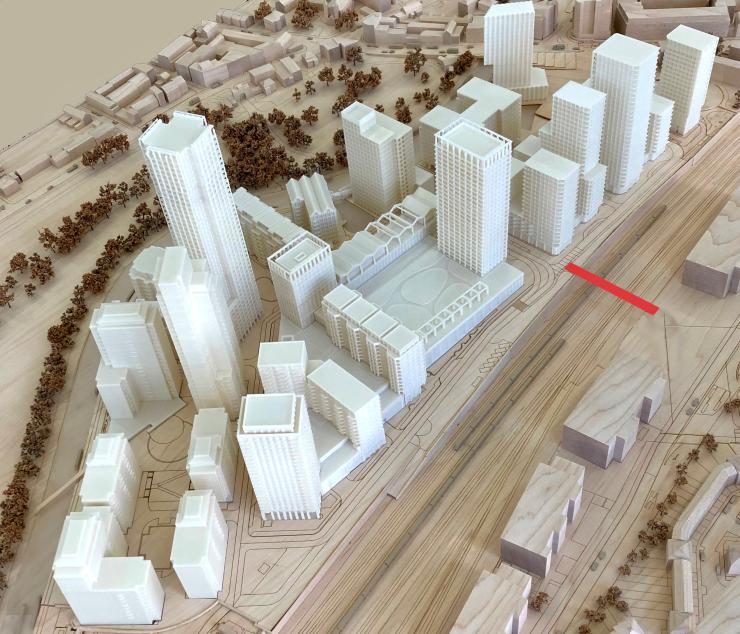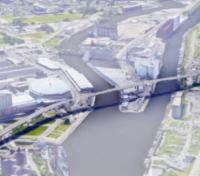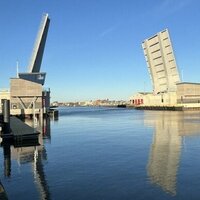Studio Bednarski has been appointed by property developer Ballymore to design what is set to be the first new bridge to be built for over half a century in the Royal Borough of Kensington & Chelsea (RBKC).
The new bridge will link North Kensington with one of London’s ‘opportunity areas’, where 15ha of land will be transformed into a new canalside neighbourhood. At present, the site is locked between the train tracks and the Grand Union Canal. The new cycle and pedestrian bridge will open new connections and facilitate flows of people.

Ballymore appointed Studio Bednarski – which is based in North Kensington - following an introduction through RBKC’s construction supply chain programme.
Cezary M Bednarski, principal architect at Studio Bednarski, said: “Living and working in the RBKC since 1981, and north of the borough since 1984, I was overjoyed when Ballymore asked me to join their team for the North Kensington Flourish Project, and to design a bridge some 100 metres from my studio. Working with Buro Happold we will design a bridge that my co-residents will be proud of, and that marks our area as a gateway for all Paddington bound trains. The fact that Brunel rests few hundred metres from our bridge site, at the Kensal Green Cemetery, inspired by Père Lachaise Cemetery in Paris, is a massive motivator.”
Councillor Catherine Faulks, lead member for economy, employment and innovation at Kensington & Chelsea Council, said: “We recognise that Kensal Canalside is a space that holds much promise and opportunity for the local area. Development on this is space must be undertaken with local place and people in consideration, and what better way than our very own local resident and award-winning architect, Cezary Bednarski at the helm of what promises to be a very exciting project.”
Michael Hughes, project director at Ballymore, said: “We are delighted to appoint Studio Bednarski to design the new pedestrian bridge over the Paddington Rail line. This is a significant piece of infrastructure that will transform accessibility within the local area.”





